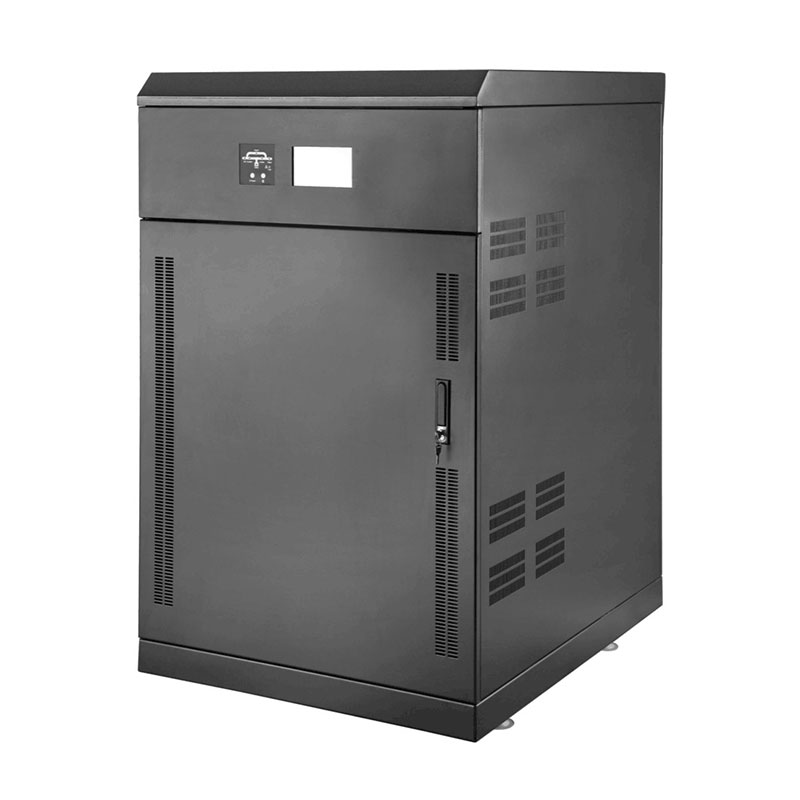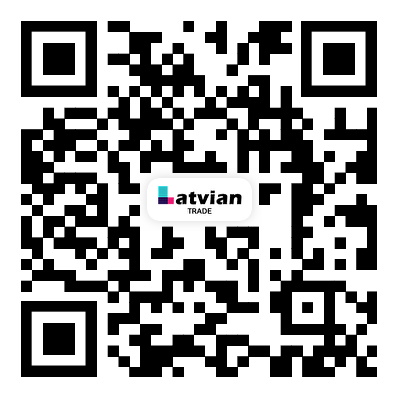Features and aspects of three-phase solar inverters
2023-10-16
A three-phase solar inverter is a device used to convert the direct current (DC) power generated by a solar panel system into three-phase alternating current (AC) power. It is specifically designed to connect to a three-phase electrical grid or to power three-phase loads.
Here are some key features and aspects of three-phase solar inverters:
1. Three-phase output: Unlike single-phase solar inverters that produce single-phase AC power, three-phase solar inverters generate AC power in a three-phase format. Three-phase power consists of three separate AC waveforms with a 120-degree phase difference between them. This type of power is commonly used in industrial, commercial, and larger residential applications.
2. Power capacity: Three-phase solar inverters are available in a range of power capacities, depending on the specific application requirements. They can handle higher power levels compared to single-phase inverters, making them suitable for larger solar installations.
3. MPPT for each phase: Most three-phase solar inverters feature multiple maximum power point tracking (MPPT) inputs, allowing them to optimize the power output from each solar panel string or array. This is important when dealing with shading, different orientations, or multiple strings of solar panels with varying characteristics.
4. Grid connection and synchronization: Three-phase solar inverters are designed to synchronize their AC output with the electrical grid. They provide features such as grid monitoring, voltage and frequency regulation, and protection mechanisms to ensure safe and efficient integration with the utility grid.
5. Monitoring and communication: Many three-phase solar inverters come with built-in monitoring and communication capabilities. They can connect to a monitoring system or software to provide real-time data on power generation, energy production, and system performance. This enables users to track and optimize their solar energy system.
6. Efficiency and reliability: Three-phase solar inverters are typically designed to be highly efficient, converting a large percentage of the DC power generated by the solar panels into usable AC power. They also incorporate various protective features, such as overvoltage and overcurrent protection, to ensure the safety and longevity of the system.
It's important to note that the installation of a three-phase solar inverter requires a three-phase electrical grid connection. Therefore, they are most commonly used in commercial and industrial applications, where three-phase power is the norm. In residential settings, where single-phase power is more common, single-phase solar inverters are typically used. However, in some cases, residential properties with high power requirements or multiple electric vehicle chargers may opt for a three-phase solar inverter.
When selecting a three-phase solar inverter, it's crucial to consider the power rating, compatibility with the solar panel array, monitoring capabilities, and any specific requirements of the electrical grid or three-phase loads. Consulting with a professional solar installer or system designer can help ensure the proper selection and installation of the inverter for your specific needs.



